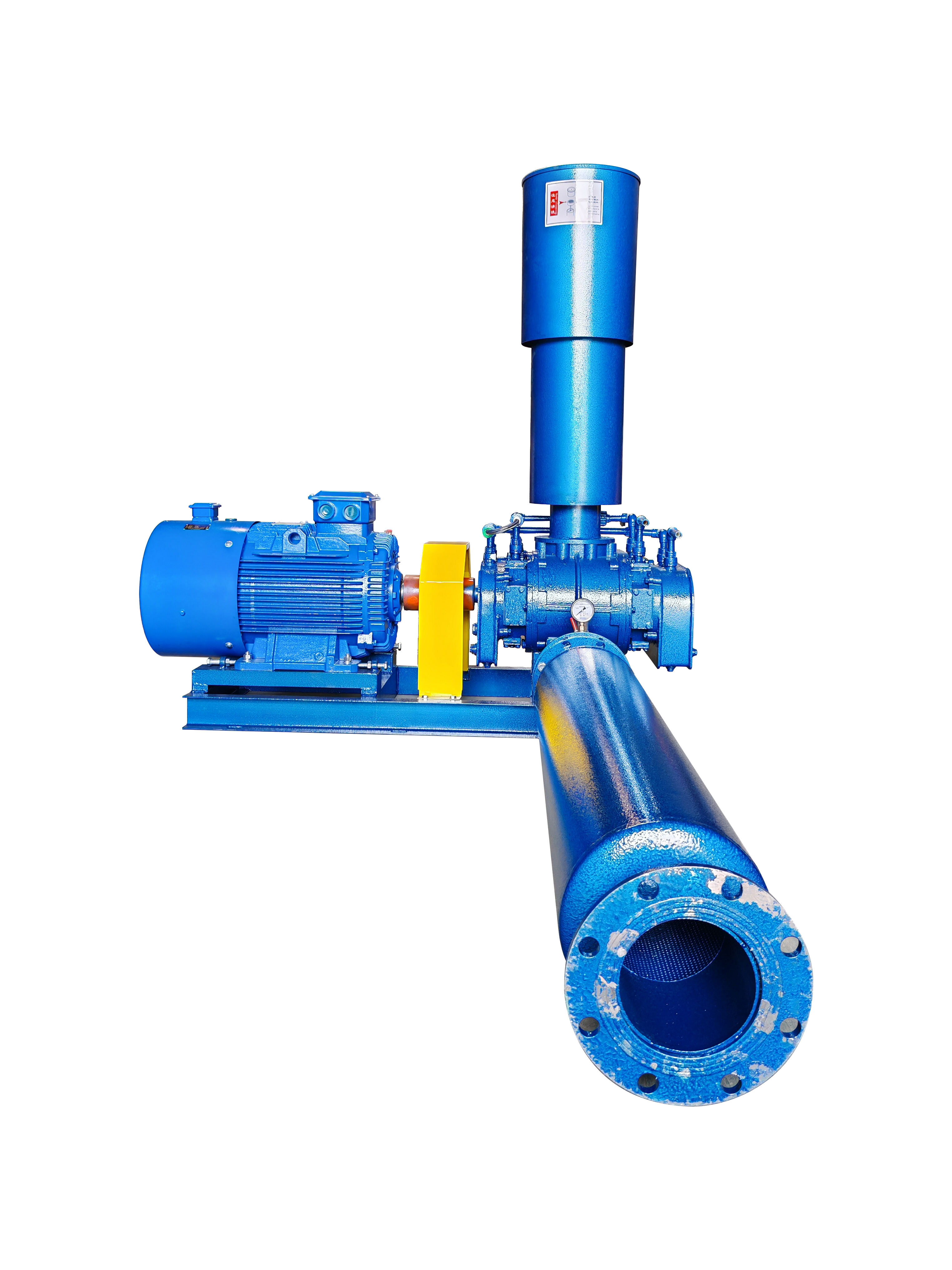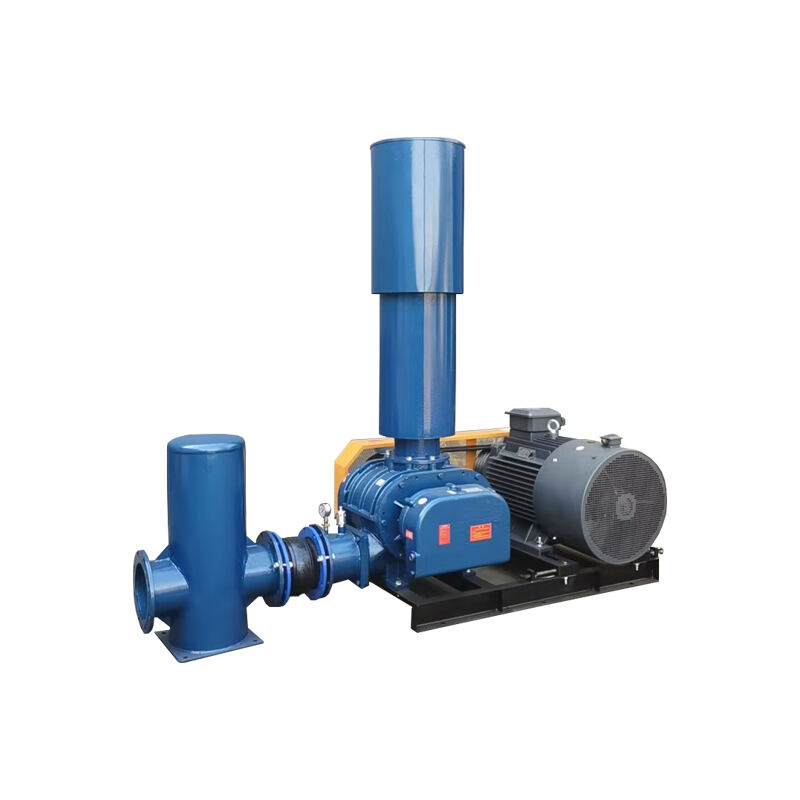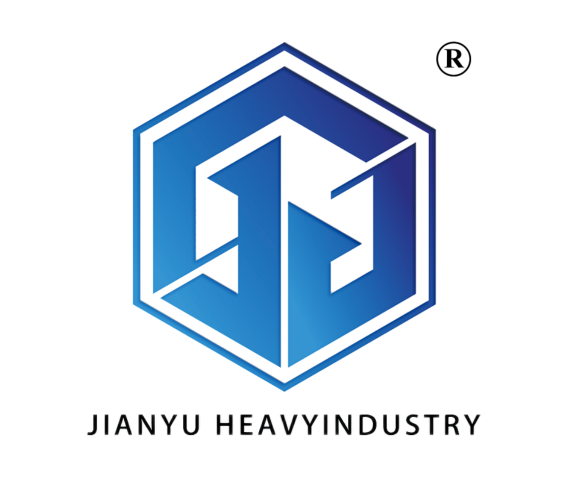fish farming pump
A fish farming pump represents a crucial piece of equipment in modern aquaculture operations, designed specifically to maintain optimal water conditions for fish cultivation. These specialized pumps facilitate water circulation, oxygenation, and waste removal within aquaculture systems, ensuring a healthy environment for fish growth. The technology incorporates advanced impeller designs that minimize fish stress while maintaining efficient water flow rates. These pumps come equipped with variable speed controls, allowing operators to adjust flow rates based on specific requirements and fish species. Modern fish farming pumps feature energy-efficient motors that reduce operational costs while maintaining reliable performance. The pumps are constructed with corrosion-resistant materials, making them suitable for both freshwater and saltwater applications. They often include built-in filtration systems that help remove solid waste particles, contributing to better water quality management. The versatility of these pumps extends to various aquaculture settings, from small-scale operations to large commercial fish farms, and they can be integrated with automated monitoring systems for precise control over water parameters.



